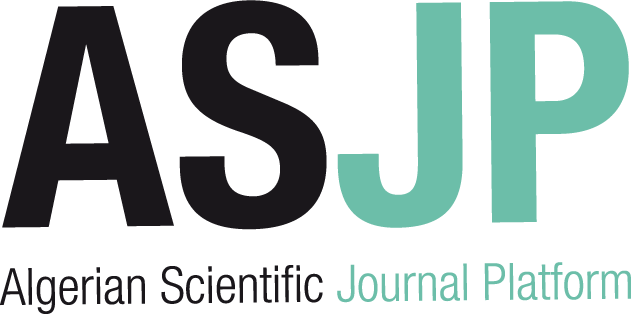[article]
| Titre : |
A biological swarm chasing algorithm for tracking the PV maximum power point |
| Type de document : |
texte imprimé |
| Auteurs : |
Liang-Rui Chen, Auteur ; Chih-Hui Tsai, Auteur ; Yuan-Li Lin, Auteur |
| Année de publication : |
2010 |
| Article en page(s) : |
pp. 484 - 493 |
| Note générale : |
energy conversion |
| Langues : |
Anglais (eng) |
| Mots-clés : |
maximum power point trackers particle swarm optimisation |
| Résumé : |
In this paper, a novel photovoltaic (PV) maximum power point tracking (MPPT) based on biological swarm chasing behavior is proposed to increase the MPPT performance for a module-integrated PV power system. Each PV module is viewed as a particle, and as a result, the maximum power point is viewed as the moving target. Thus, every PV module can chase the maximum power point (MPP) automatically. A 525 W prototype constructed by three parallel-connected 175 W PV modules is implemented to assess the MPPT performance. Comparing with a typical perturb and observe (P & O) MPPT method, the MPPT efficiency ??MPPT is improved about 12.19% in transient state by the proposed MPPT as theoretical prediction. |
| En ligne : |
http://ieeexplore.ieee.org/xpl/articleDetails.jsp?arnumber=5404251&sortType%3Das [...] |
in IEEE transactions on energy conversion > Vol. 25 N° 2 (Juin 2010) . - pp. 484 - 493
[article] A biological swarm chasing algorithm for tracking the PV maximum power point [texte imprimé] / Liang-Rui Chen, Auteur ; Chih-Hui Tsai, Auteur ; Yuan-Li Lin, Auteur . - 2010 . - pp. 484 - 493. energy conversion Langues : Anglais ( eng) in IEEE transactions on energy conversion > Vol. 25 N° 2 (Juin 2010) . - pp. 484 - 493
| Mots-clés : |
maximum power point trackers particle swarm optimisation |
| Résumé : |
In this paper, a novel photovoltaic (PV) maximum power point tracking (MPPT) based on biological swarm chasing behavior is proposed to increase the MPPT performance for a module-integrated PV power system. Each PV module is viewed as a particle, and as a result, the maximum power point is viewed as the moving target. Thus, every PV module can chase the maximum power point (MPP) automatically. A 525 W prototype constructed by three parallel-connected 175 W PV modules is implemented to assess the MPPT performance. Comparing with a typical perturb and observe (P & O) MPPT method, the MPPT efficiency ??MPPT is improved about 12.19% in transient state by the proposed MPPT as theoretical prediction. |
| En ligne : |
http://ieeexplore.ieee.org/xpl/articleDetails.jsp?arnumber=5404251&sortType%3Das [...] |
|


 Ajouter le résultat dans votre panier Faire une suggestion Affiner la recherche
Ajouter le résultat dans votre panier Faire une suggestion Affiner la rechercheA biological swarm chasing algorithm for tracking the PV maximum power point / Liang-Rui Chen in IEEE transactions on energy conversion, Vol. 25 N° 2 (Juin 2010)











